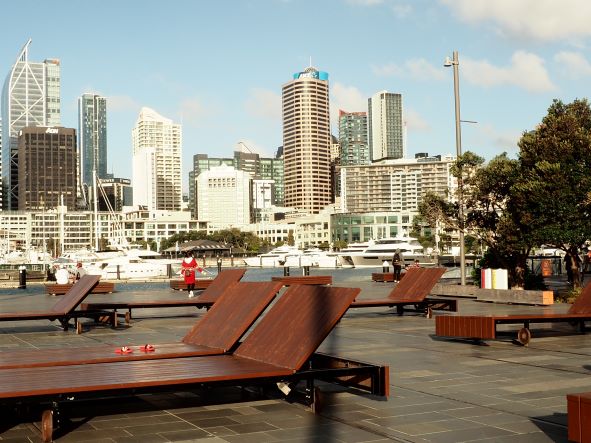Auckland is the major city on the North Island of New Zealand. It’s a beautiful city with many landmarks to visit. It is based around two principal harbors. The city center is located by the harbor, with magnificent views over the marina and super yachts.
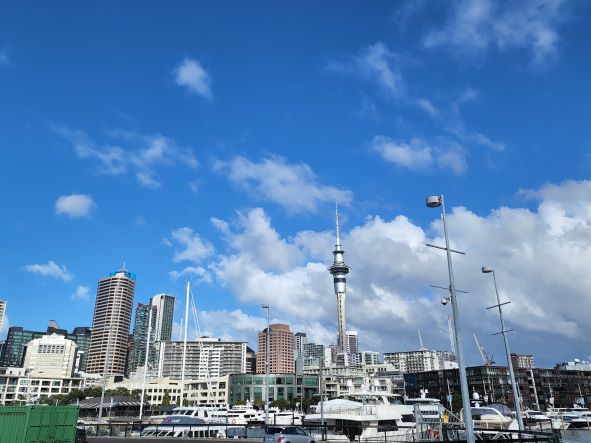
Auckland is a busy city that seems to be proliferating. You can see cranes everywhere in the city. As we know, New Zealand is a volcanic island, but Auckland has 53 volcanic centers scattered around it, which consequently makes Auckland a volcanic field. Furthermore, Auckland is the least quake-prone. It has only had 35 quakes of more than 3 on the Richter scale since the 1830s. It’s pretty incredible.
Some history
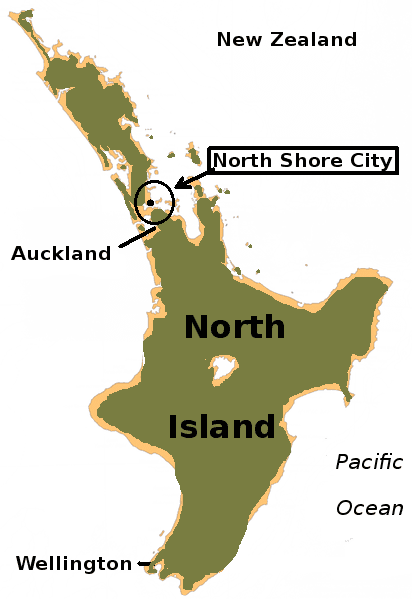
Some say it means “isthmus of one thousand lovers,” while others say “a place desired by many.” Since I do not speak Austronesian, I cannot say which translation is correct; however, both sound good.
The name was given because of the abundant natural resources and the strategic geographic position. Before the British arrived, there were two powerful tribes living there: Ngāti Whātua and Tainui. These tribes were rivals, and I presume everyone wanted Auckland due to the resources. Soon after, the British arrived and introduced the musk, and of course, the tribes suffered gruesome wars, and Ngāti Whātua ended up winning over the Tainui.
Māori
The Māori arrived from Polynesia around the 13th century. The Brits discovered the island in 1642. When the Brits met Māoris, they asked who they were, and the Māoris did not know what to call themselves since there was never the need. So, they identified themselves as Māori, meaning “ordinary.”

The British bought 3,000 acres from the Māori, and settlers began to colonize the land. 1840, a treaty was signed, and the Treaty of Waitangi and Auckland was born.
The first governor, Lieutenant William Hobson, chose Auckland as the capital of New Zealand. But in 1865, the capital was moved to Wellington, and in 1868, the government house was moved there, too. In the 1900s, Auckland was the largest city in New Zealand.
The Weather
The weather is unpredictable. We are in June, and it’s wintertime. Temperatures are higher than in Christchurch because we are closer to the equator; however, we stayed at the Harbor, where the wind was strong and cold. In the period of 30 minutes, you can experience a sunny sky or go to a cloudy and windy sky. Then, right after it rains, it rains like there is no tomorrow. Suddenly, the sky clears up, and the sun is shining again.
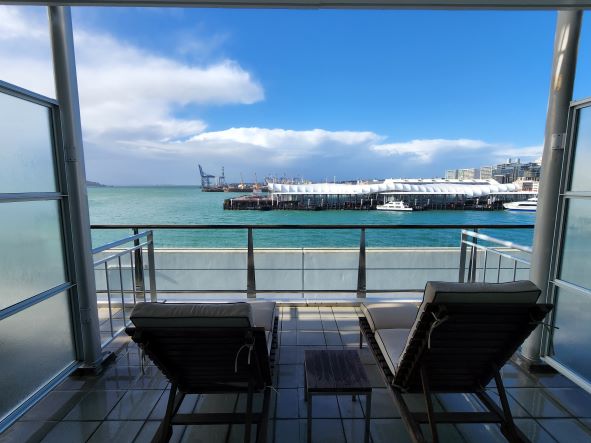

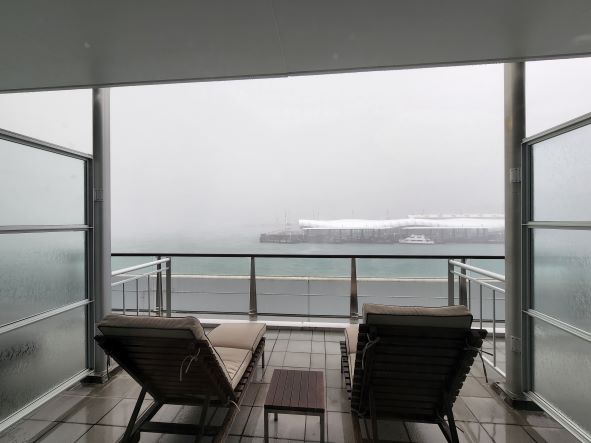
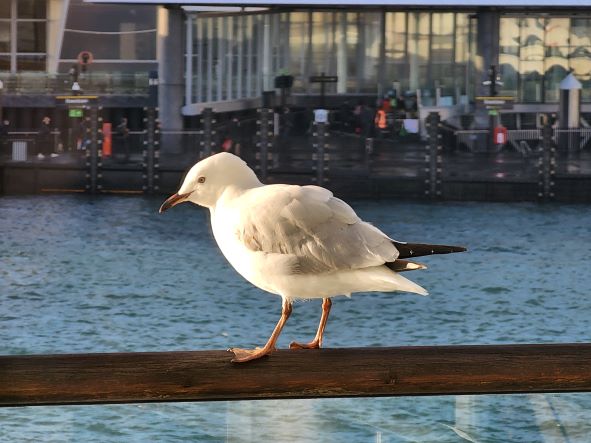
The town is bustling, as I said, and has exciting things to see: The Sky Tower, Albert Park, Queen Street, St. Patrick’s Cathedral, Wynyard Square, and much more. I will be posting in separate blogs. Otherwise, it will be too long and boring.
“The journey is my home”
– Muriel Rukeyser
Queen Street
Queen Street is the principal street where you can find all kinds of business. Starting by the bay, the street has prestigious stores like Louis Vuitton, Rolex, Gucci, Prada, and Dior. The buildings are a mix of the old Victorian style or middle century and the new architecture with glass windows.
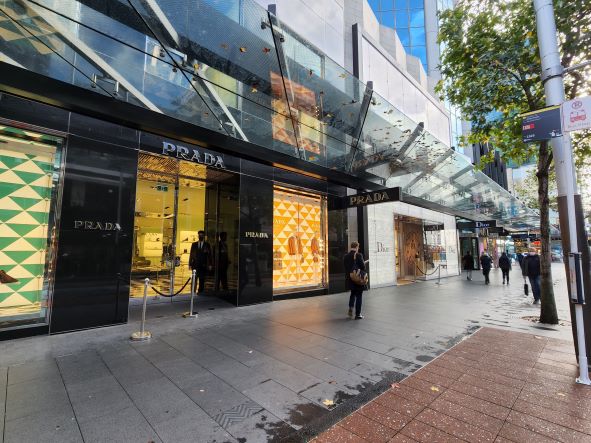
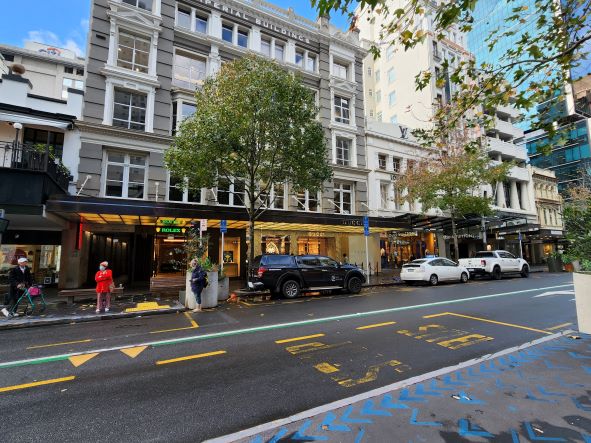
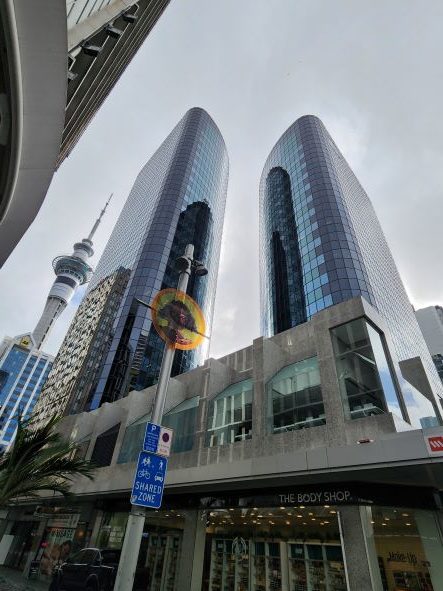
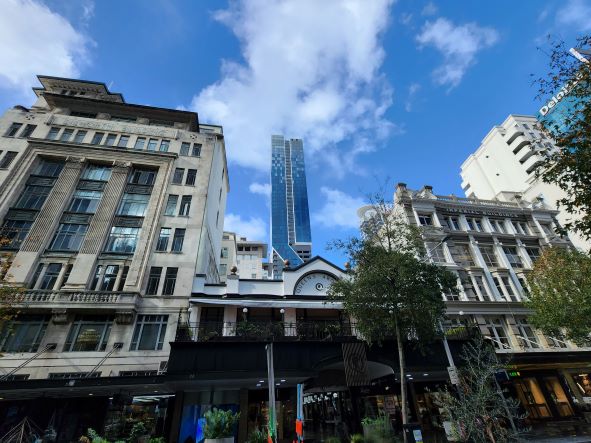
The street starts (or ends in whatever direction you take) at the Queen Wharf on the Auckland waterfront at the downtown ferry terminal. The more you go away from the wharf, the more the street becomes less colorful, the less busy or with less exciting business. Actually, it’s like passing the portal of another world.
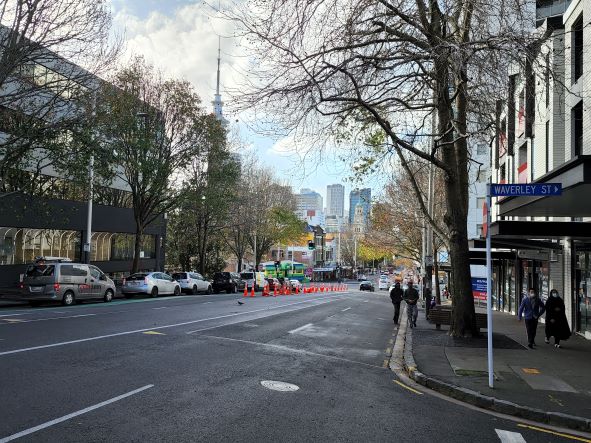
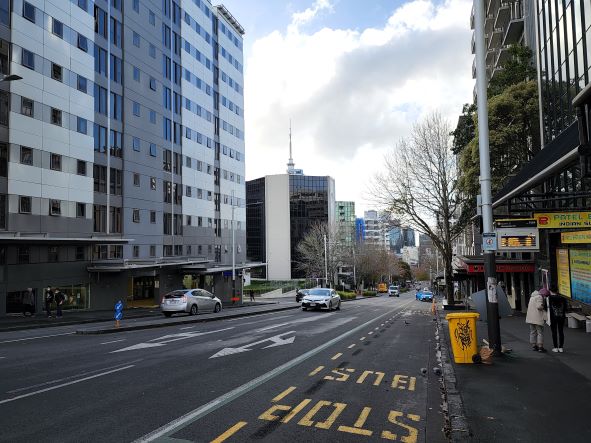
I found interesting buildings while going up the street.
The Guardian Trust Building was built between 1914 and 1919 and was designed by architect Williams Gummer. This building is one of the most significant historic architectural landmarks.


Civic Theater Building is still open for cultural or musical performances. It was built in 1929, and Henry Eli White designed the interior. An Indian theme and hints of Moorish Andalusia inspired it.
Aotea Square is used for outdoor public events, including fairs, rallies, music festivals, concerts, and New Year. This space was created and opened by Sir Dove-Myer in 1979. It was given the name of Motu Aotea, the Māori name for Great Barrier Island.
The Town Hall is an Edwardian building that opened in December 1911.
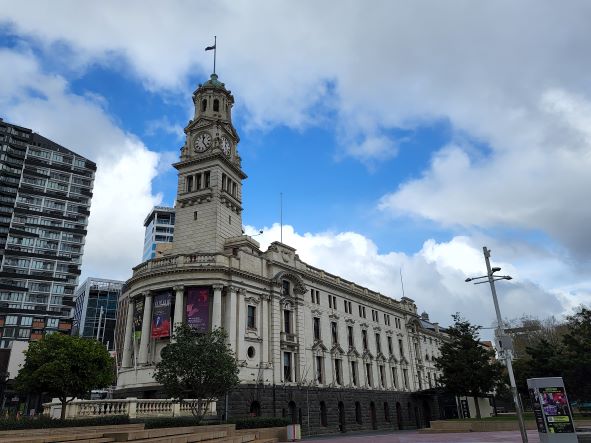

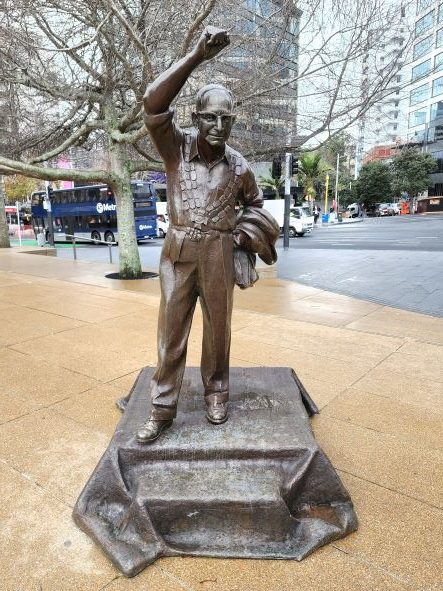
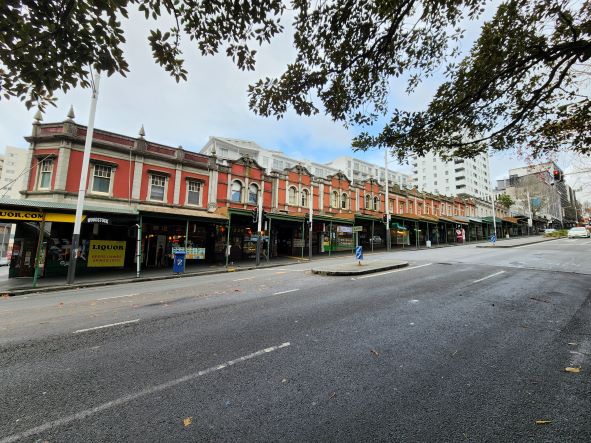
Unexpectedly, we encounter a group of magnificent Edwardian houses/shops. The Upper Queen shop comprises 16 shops with accommodation on the second floor and a service yard at the rear. It was built between 1908 and 1912 by the architects Alex Wiseman and T W May.
Further, the buildings look to have aged faster than the other ones.
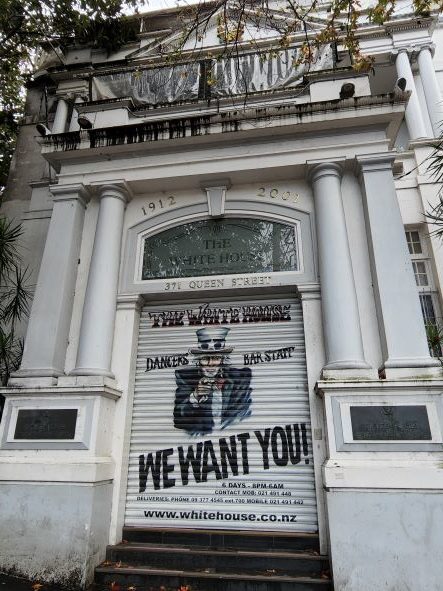
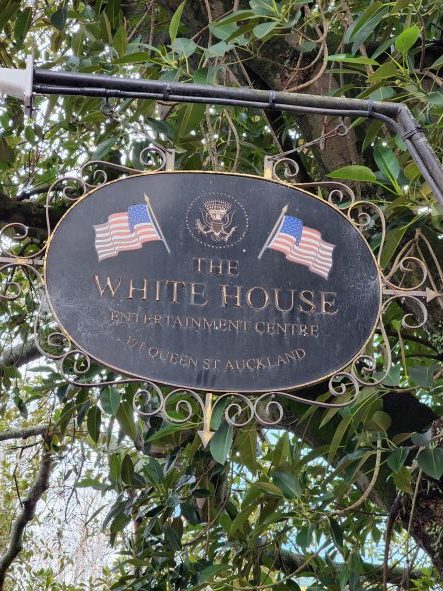
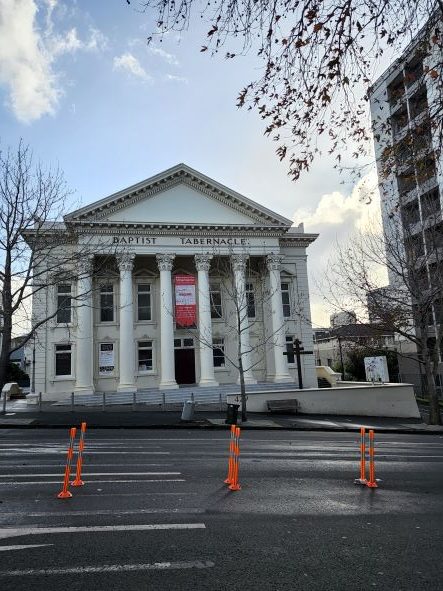
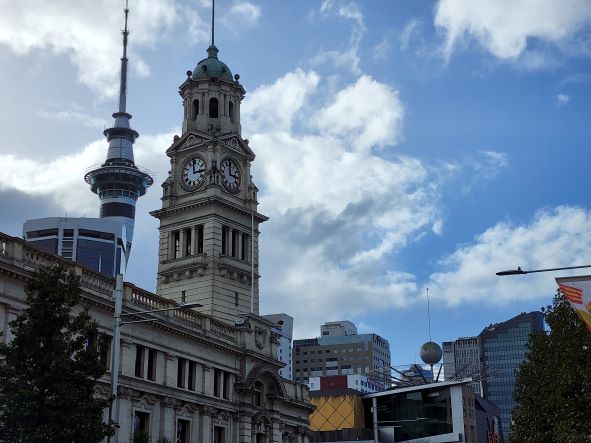
At the top of Queen Street, there is a cemetery. The Symonds Street Cemetery. Since New Zealand is a new Country, the probability of finding ancient graves is impossible, but we decided to check it out.
This cemetery is historic and sits on around 14 acres. This is absolute prime real estate since it’s located in central Auckland. This cemetery was initially the official cemetery of Auckland in 1842.
Now, the part I think is interesting is that the cemetery has four sections: Anglicans, Catholics, and Jews, and the last is shared by Presbyterian, Wesleyan, and general areas. The other cemetery with a division was in El Paso, where the Chinese were separate from the general population. Even after death, there still is this attitude that being of a specific religion makes you more holy.
It was closed for burials in 1886 when they opened another cemetery for the city’s needs. In the 1960s, many bodies were relocated to the same cemetery to use the land for other purposes.
Even though it is located in a busy city, the cemetery can still enjoy calm and tranquility among the magnificent trees.
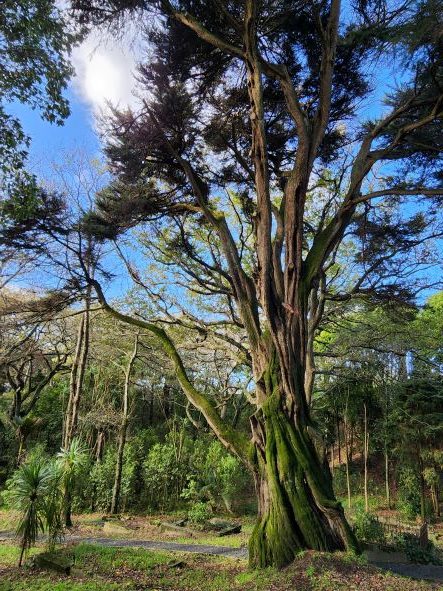
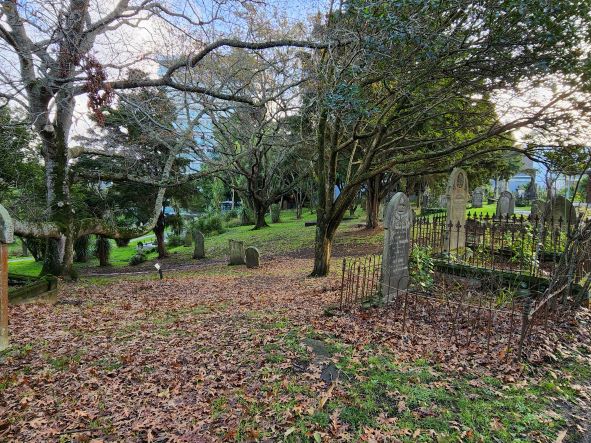
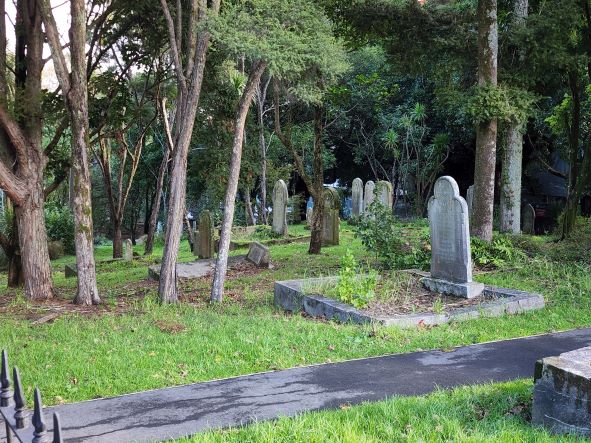
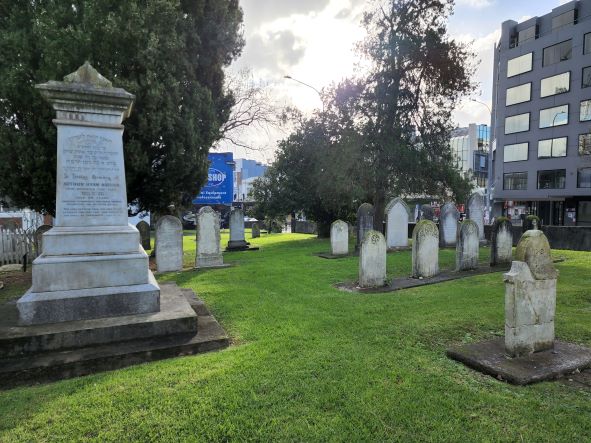
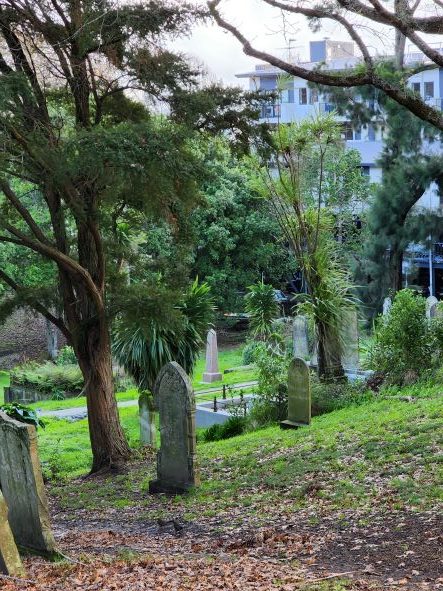
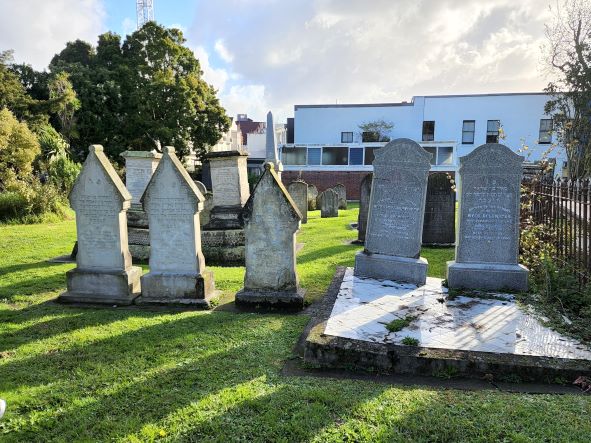
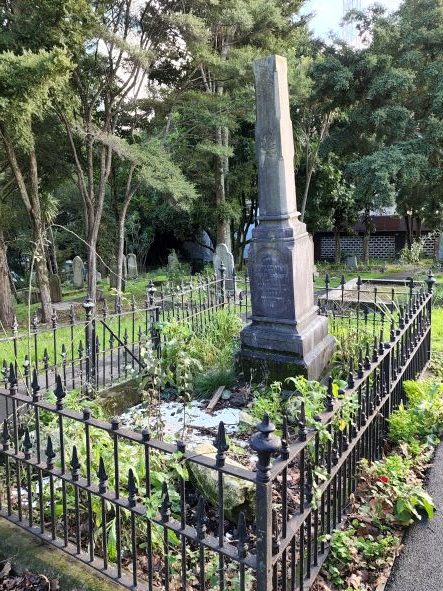
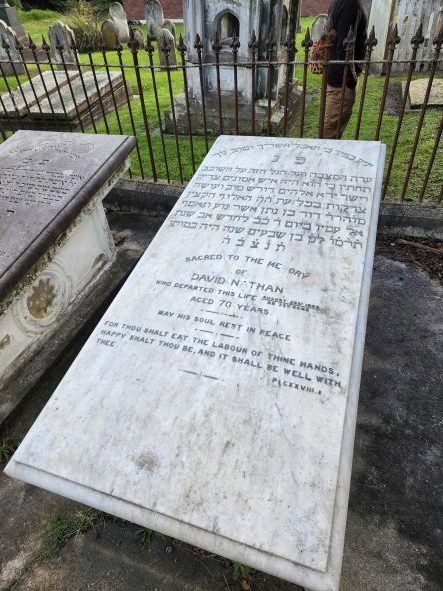
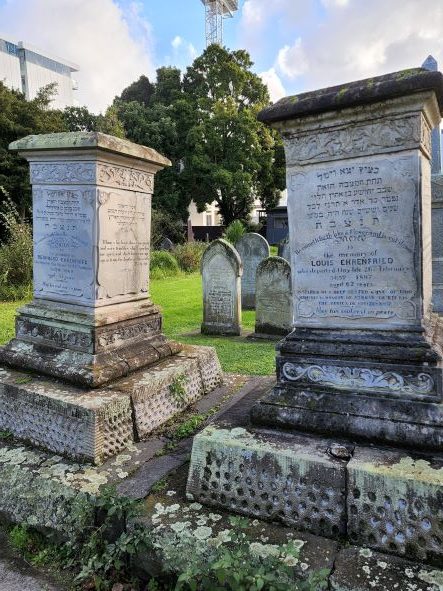
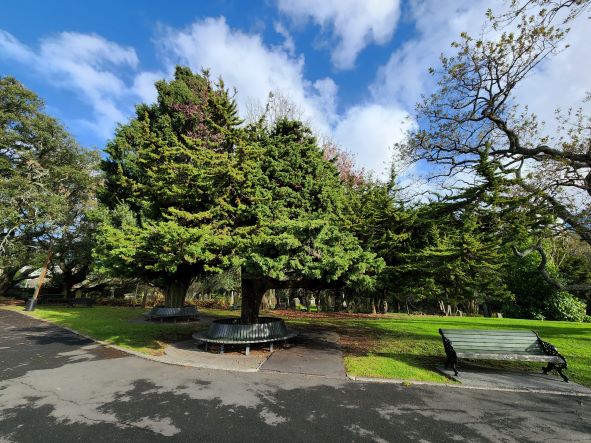
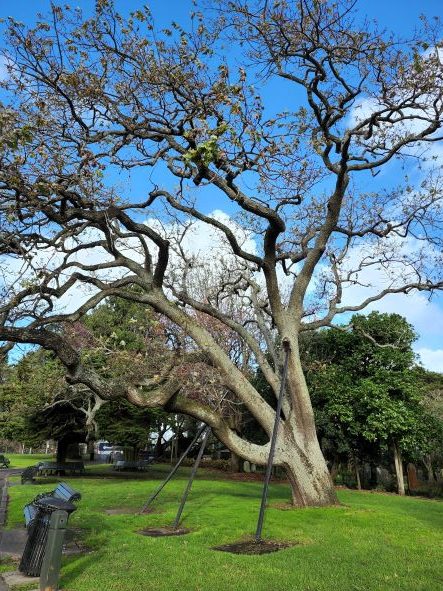
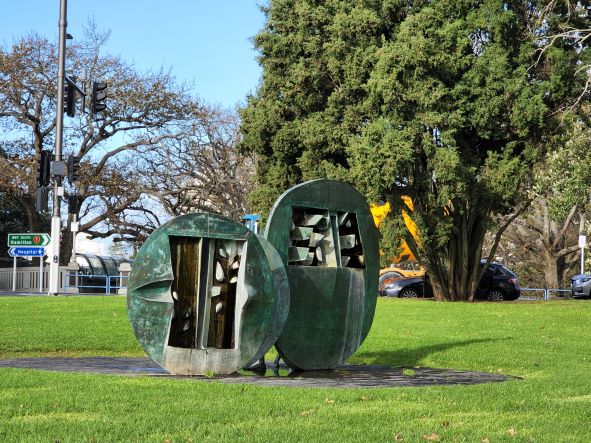
I did not see as many murals as I saw in Christchurch.

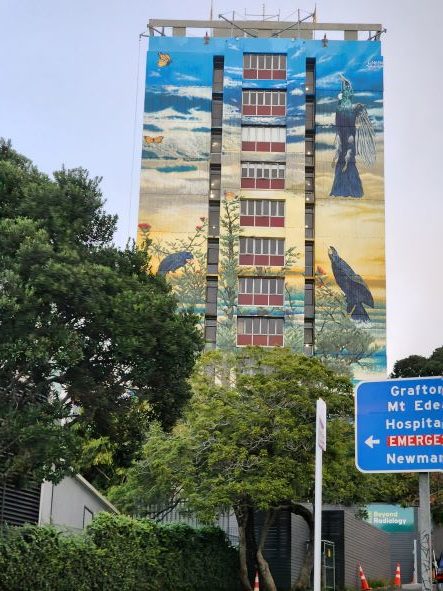
There is still plenty to discover in Auckland. Stay tuned for the part 2

